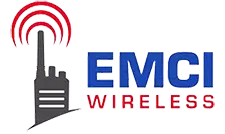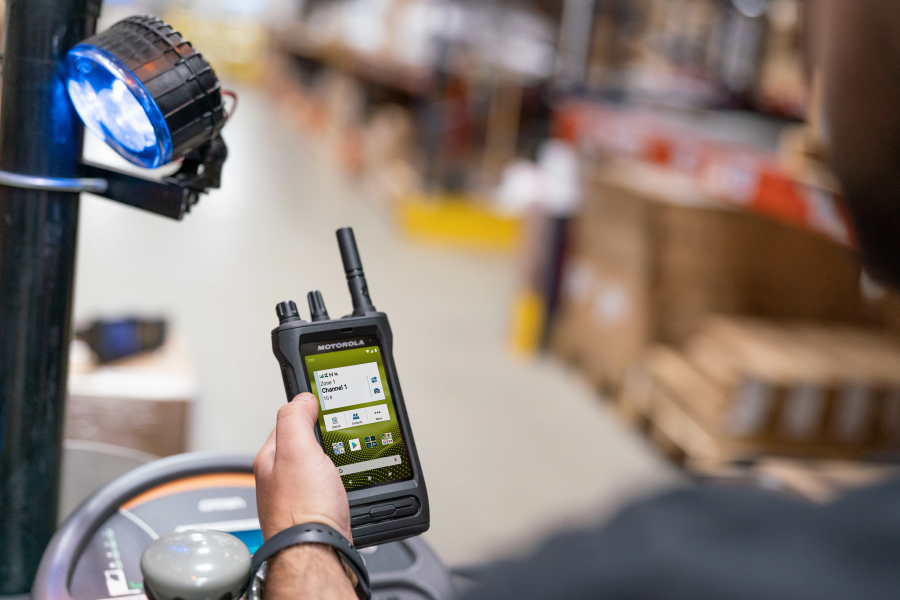Did you know the global two-way radio market is expected to grow by USD 2 billion between 2020 to 2024?
With businesses continuing to adopt more effective communication tools, two-way radios are more popular than ever. It’s no wonder the market is growing exponentially.
Hospitality, construction, education, healthcare, and law enforcement are some of the biggest industries going wireless in their communication.
One of the biggest players in the game – Motorola Solutions – sells two-way radios specifically designed for industrial use. With better battery life, longer range, improved durability, Motorola radios are the industry standard in two-way radios.
From Motorola police radios to portable CB radios, there’s a radio for every industry. Businesses suffering from a lack of miscommunication are often surprised by how effective two-way radios are.
Motorola radios help encourage active communication and collaboration. The best part is that they can improve customer experience and are imperative in the event of an emergency.
Decided to implement Motorola radios in your business?
Read this guide for tips on programming, care, and best practices.
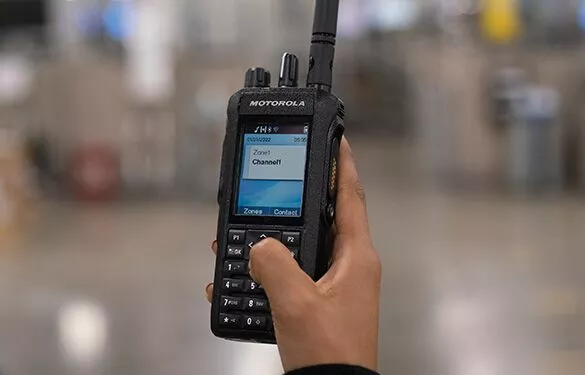
How to Setup Motorola Two Way Radios
When you purchase your Motorola radio, you will be provided with a user guide. User guides may differ from model to model, but they often follow a similar setup.
Configuration is relatively easy. Here’s a simple step-by-step guide.
- Familiarize yourself with the parts of the radio
- Charge the battery
- Attach the battery
- Attach the antenna
- Attach the belt clip
- Attach the side connecter cover
Take care with each step. Your guide will give you specific instructions on how to safely configure your radio.
If in doubt, contact your provider who might be able to lend you their expertise.
How to Use Motorola Portable Radios
Once you’ve configured your Motorola radio, it’s time to familiarize yourself with its functions. Again, this will be provided in your guide, but it should cover the following information:
- Turning the radio on or off
- Adjusting the volume
- Selecting a radio channel
- Sending a call
- Receiving a call
- Sounding an emergency siren
- Setting tight or normal squelch
- Setting the power level
- Scanning
- Detering a nuisance change
- Talkback
- Scan channel discovery alert
This is also a good time to learn about any accessories you have purchased. Motorola Solutions offers several accessories to enhance the productivity of your radio.
For a complete list, see your Motorola Solutions dealer.

How to Change Channels on Motorola Radios
Most Motorola radios allow you to select between 22 channels. For your radios to work, they all must be on the same channel to communicate. To block transmissions from unknown sources, all radios need to be on the same interference eliminator code.
Some radios let you scan for available channels using a monitor button. This is instead of you having to manually cycle through them one at a time.
Here are the three steps you need to know to change channels on Motorola Radios.
- Press “menu”
- Press the “+” or “-” button to change the channel
- Press the “PTT” button to save the channel setting
What You Need to Know About Programing Motorola Radios
Knowing how to program your Motorola radio is essential to setting the proper frequencies, channels, and coding. It also helps you learn how to monitor channels correctly.
While some programming can be done in-house, you might also need a licensed two-way radio services provider to do the programming for you. This will ensure you have a functioning communications solution.
Programming is crucial with any two-way radio. It’s when you teach your radios to work for you.
Think of them as your new employees. You have to train them to help improve your business operations.
You can program one button to do a variety of things. To make the programming process easier on you, it’s best to have the licensed provider do it for you.
If you let them know enough information about how the radios will be used, they can often get it done in a shorter time frame. In some cases, a single day.
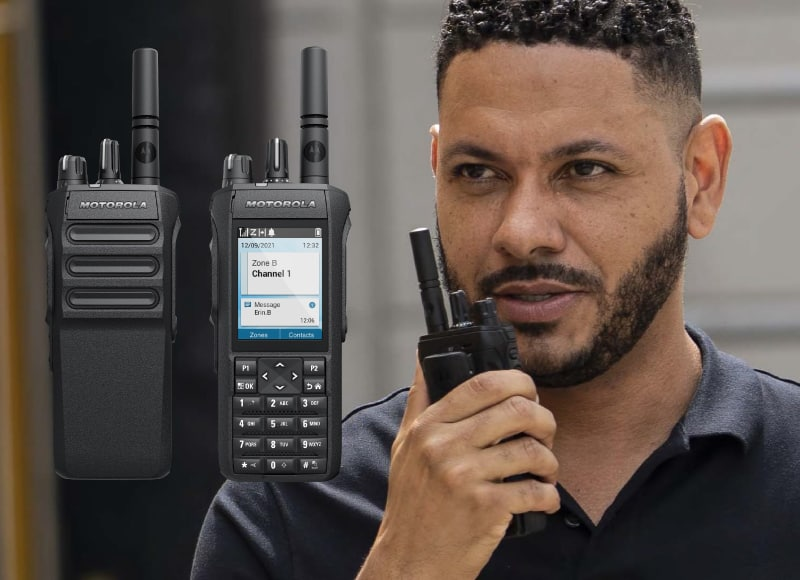
How Much Programming Is Needed
This depends on your model and what you need it to do. There may be minimal or extensive programming needs for your Motorola radio.
Smaller businesses and retailers often operate using pre-programmed two-way radios. These radios are designed to operate on specific frequencies with a choice of programmable options for the end-user.
In this case, minimal programming is required. For example, setting the radios for the correct frequency. This prevents the end-user from meddling with the functions and settings.
Larger businesses, namely construction, and healthcare require more flexibility and customization in frequencies and settings. Higher-end models may be programmed via a licensed radio professional through a computer or the devices themselves.
They must be programmed before they can make or receive calls. If programmed correctly, they can even be used to shut down equipment, as well as open and close gates.
Preparing for Successful Programming
When preparing to program your Motorola radio, consider what your business needs in terms of communication. You will need to provide your licensed provider with as much information as you can. That way, your radio can be programmed to benefit you and your team as much as possible.
Consider these questions before talking with your provider.
- What features do we need?
- Do we need Bluetooth, Wi-Fi?
- What is our priority channel?
- What environment will we use our radios in? Outside or inside?
- Do we need emergency features?
- How many departments will be communicating over radios?
- How many channels do we want?
- Do we want private or group calls?
- Do we want similar programming to our older devices?
In the last instance, be sure to bring in one of your old radios to help your provider replicate the programming.
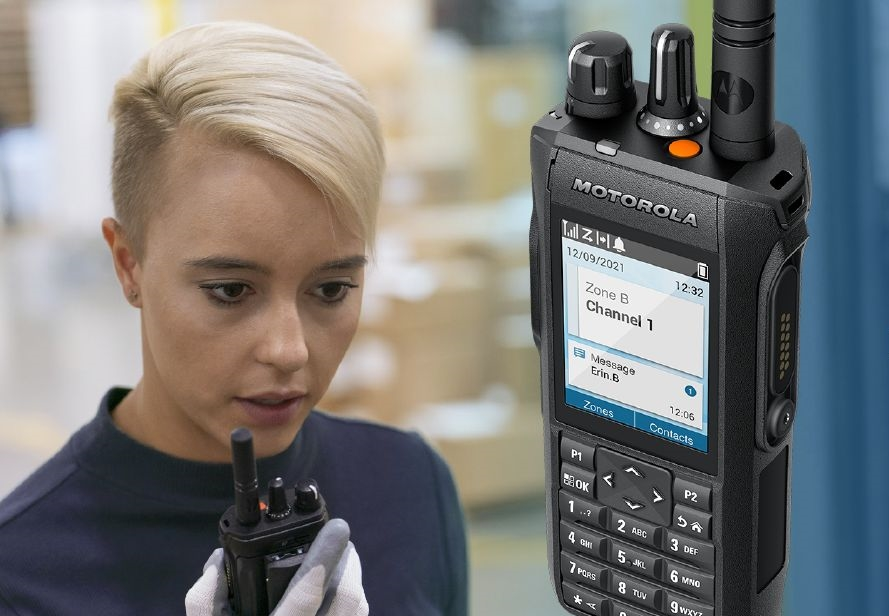
Care Tips for Motorola Radios
If you want your two-way radio to function at its best, it’s important to take good care of it. As with any piece of technology, the more you maintain it, the longer it will last. A radio that remains functional, is a radio that will continue to improve the efficacy of your business operations.
Once your two-way radios have been distributed to your employees, it’s worth educating them about how to store, use and maintain them. Improper use can lead to unnecessary damage.
Here are a few basic tips to keep your Motorola radios in pristine condition.
Store Your Radio Correctly
It might not be the first thing you think of, but you do need a safe place to keep your radio. Store your radio in a cool, dry place out of direct sunlight and extreme temperatures. When you are storing your radios, make sure they are turned off and the batteries are removed.
Use Compatible Chargers
Using batteries and chargers that are compatible with your Motorola radios is crucial. Using chargers and batteries that are incompatible will damage your radio.
You should also avoid overcharging your radios. As with any technological device, overcharging can have an impact on its overall battery life. Don’t leave them charging overnight, only charge until they reach full battery life again.
Avoid Rough Day-To-Day Use
Motorola radios have a degree of durability to them, but they should always be treated with care. If you accidentally drop one, it shouldn’t have too much of an impact. But don’t intentionally throw it around or be generally careless with it.
You should also:
- Avoid grabbing your radio by its antenna
- Only use accessories designed for that particular model or brand
- Don’t expose your radio to extreme conditions
- Keep your radio dry and away from moisture
Clean Regularly
Motorola radios can be used for all types of working operations, from hotels to construction sites. Some are dirtier than others.
For those working outside, your radio is more likely to get dusty over time. When it does, simply use a clean cloth (no chemicals or cleaning sprays) and gently wipe it over.
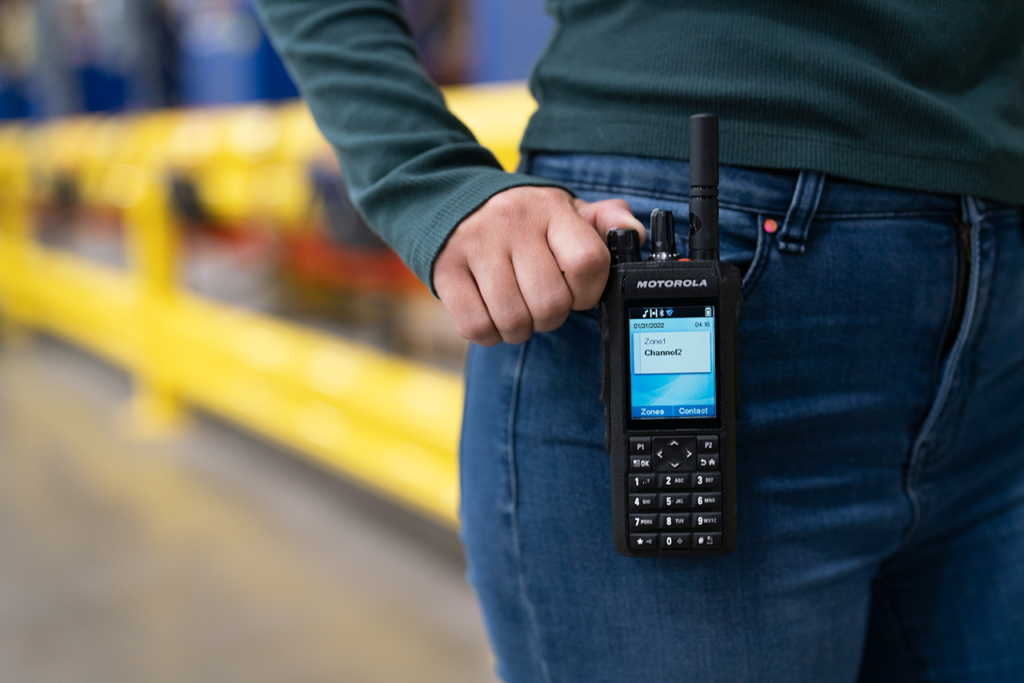
Best Practices for Efficiency and Safety
A two-way radio is a critical communications tool in a variety of settings. For some, it’s their first time using a radio.
For others, it’s the norm. But both can agree using a radio is completely different than using a cell phone.
Why? Because there are no rules when communicating over a cell phone. On the other hand, there are rules when communicating over the radio.
If you’re new to two-way radios, it’s important to familiarize yourself and your staff with the etiquette of two-way communication, and read about signs that it is time to upgrade your radio.
Here are some basic radio communication guidelines to follow.
Perform Radio Checks
Before starting your shift, ensure your radio is charged and the power is on. Keep the volume up high enough to hear any calls. This is especially important for outdoor industries.
If you can, also make regular radio checks to ensure you’re still in range and everything is still working.
It might seem tedious, but if something happens to you and your radio doesn’t work it could very well spell trouble.
Prepare Before You Speak
It’s important to know exactly what you’re going to say, who it’s for, and how you’re going to say it.
Announce who you are, who the message is for, and speak slowly and clearly. Don’t discuss confidential information unless you know you’re on a secure line.
Finish your call by saying “out”. This is so the other person on the end knows they can speak without interrupting you.
It also doesn’t hurt to do a dry run. If you’re new to two-way radios, they can seem a little intimidating. Run a few lines out loud before talking into the radio.
This will calm your nerves and ensure you get the clearest possible message out.
K.I.S.S
Keep it simple, stupid. Avoid long run-on sentences. Be precise and get to the point ASAP.
If you have multiple things to say, break them up into relevant points. After each point, wait a moment for the receiver to respond. Then, continue with your next point.
Avoid using abbreviations unless they are relevant to your line of work, or are well understood by your team.
Finish your call by saying “out”.
Stay on Point
Two-way radios are best used for sending and receiving important messages, including for emergencies. They shouldn’t be used for small chit-chat or gossip. This blocks the channels from other radio users who may have more important messages to convey.
It’s also important to time your responses. Don’t interrupt others when they’re speaking. Be patient.
Basic staff training can make the difference between effective communications and ineffective communication breakdowns. The health, safety, and operational efficiency depend on everyone having a confident grasp of basic radio communications etiquette.
Use Motorola Radios in Florida
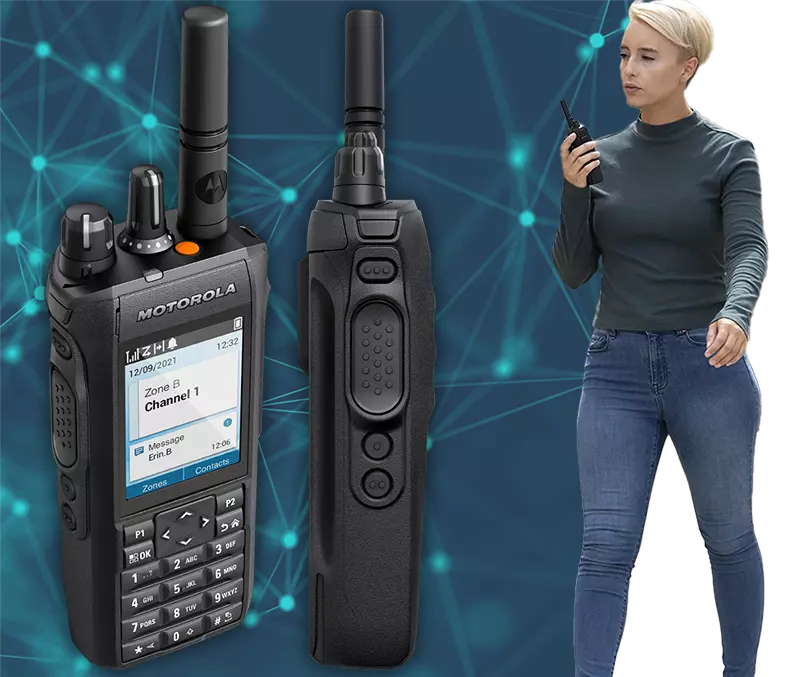
Motorola radios are compact, easy-to-use, and durable. They make a powerful business communication tool.
Investing in Motorola two-way radios is a smart business decision. If you learn how to properly use and maintain your radios, you shouldn’t have any issues in the long run.
At EMCI Wireless, our communication rental equipment will give you an advantage over your competition.
EMCI Wireless is the leading provider of Motorola radios and services based in Central and South Florida. We work with the public safety, education, healthcare, construction, hospitality, aerospace and entertainment industries.
Is your industry not listed?
Don’t worry. We will meet the needs of all kinds of industries, no matter how large or small. We also offer equipment repair, leasing, GPS tracking, and more. See the latest portable radio devices from Motorola Solutions and ask for a demo today.
